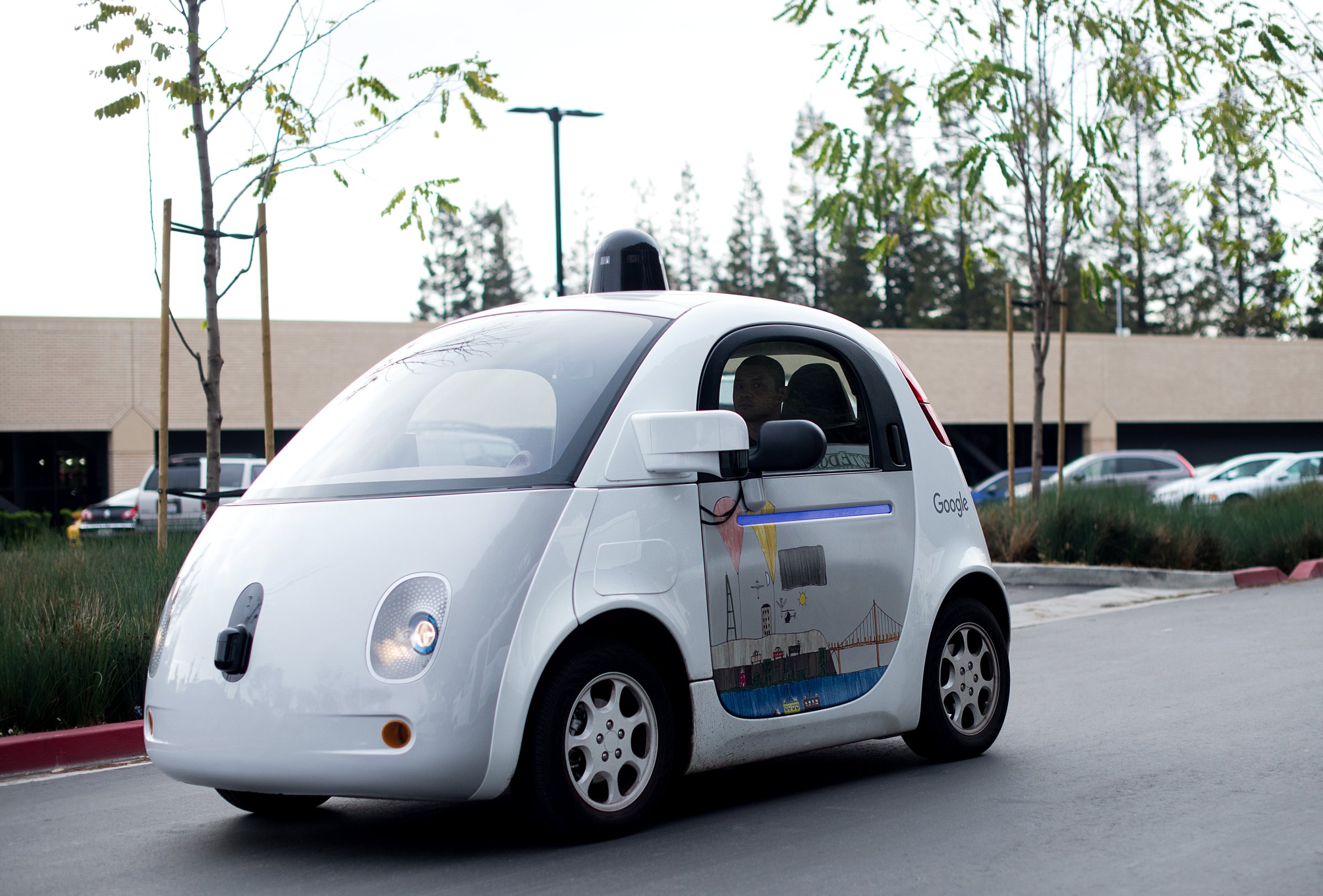
Google’s self-driving vehicles could one day be fitted with a form of adhesive coating on their bonnets to reduce injuries in collisions with pedestrians.
The tech giant received a patent Tuesday for a kind of human flypaper that would sit beneath an eggshell-like protective layer on the car’s front, the Mercury News reports. On impact, the sticky coating would glue the victim to the car so they didn’t fall under the wheels or into the roadway.
“The adhesive layer may be a very sticky material and operate in a manner similar to flypaper, or double-sided duct tape,” the patent reads. “The adhesion of the pedestrian to the vehicle may prevent the pedestrian from bouncing off.”
Google acknowledges that it’s not yet possible to guarantee its self-driven cars would not hit pedestrians, according to the News. While Google is testing its autonomous car others have announced their own driverless vehicles, including a recent announcement that Uber was entering the market.
The technology in the patent, however, may never see its way into a consumer product. A Google spokesperson said the company holds a variety of patents.
More Must-Reads From TIME
- The 100 Most Influential People of 2024
- The Revolution of Yulia Navalnaya
- 6 Compliments That Land Every Time
- What's the Deal With the Bitcoin Halving?
- If You're Dating Right Now , You're Brave: Column
- The AI That Could Heal a Divided Internet
- Fallout Is a Brilliant Model for the Future of Video Game Adaptations
- Want Weekly Recs on What to Watch, Read, and More? Sign Up for Worth Your Time
Contact us at letters@time.com